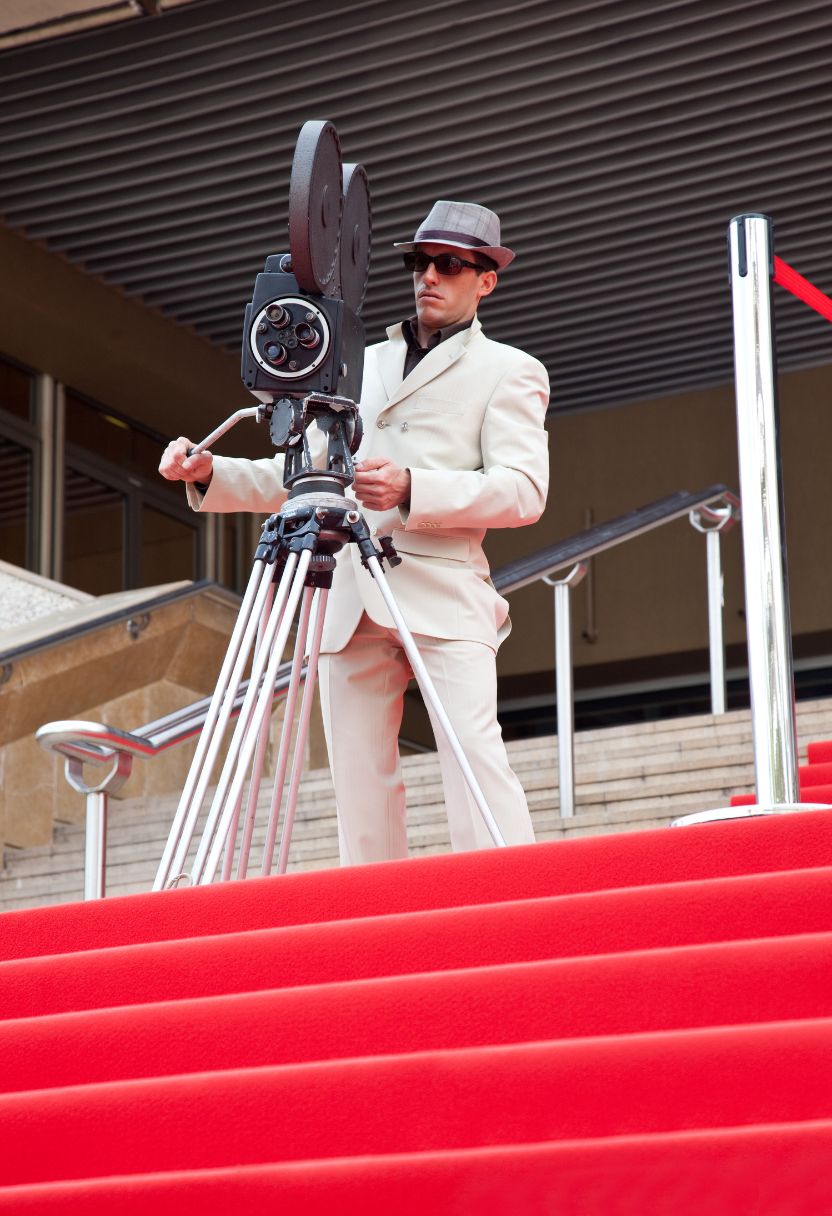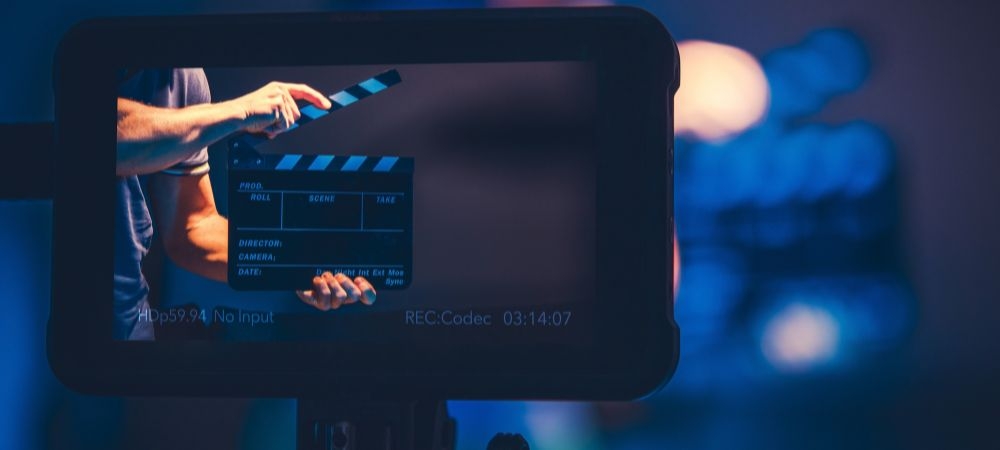

Sure! Here's a short essay on the historical development and popularity of infrared film that incorporates your specifications:
To find out more see that.
---
Infrared film, oh boy, it's got quite a history. You might think it's some recent tech marvel, but no way-it dates back to the early 20th century. Let's dive into how it all started and why folks really took a liking to it.
So, infrared film was first developed around the 1910s by scientists who were curious about capturing things not visible to the naked eye. They weren't just messing around; they had serious goals like improving aerial photography and detecting camouflage during wars. Yeah, you heard that right-infrared film played a part in military operations. It's crazy if you think about it.
Moving into the 1930s and 1940s, Kodak came along with their own version of infrared film. This is when people outside of scientific circles started paying attention. Photographers began experimenting with this new medium, intrigued by its ability to capture landscapes in entirely new ways. Trees looked white, skies turned dark-everything was different! Adventure seekers in photography couldn't resist its charm.
However-and here's where things get interesting-infrarred film didn't become mainstream right away. Despite its cool effects, it was tricky to use. Exposure times were unpredictable and focusing was a nightmare because regular viewfinders couldn't show what you'd actually be getting on the final image.
But hey, nothing stays niche forever if it's awesome enough. By the 1960s and '70s, more photographers began mastering these challenges or at least embracing them as part of the creative process. Infrared photography found its way into fine art galleries and even album covers for rock bands-talk about going from lab coats to leather jackets!
And then digital technology arrived like an uninvited guest at a party you're enjoying too much already. Infrared sensors became more accessible in digital cameras around the early 2000s which kinda stole some thunder from traditional infrared films.
Even so-the story ain't over yet! There's still this passionate community today that loves shooting on good old-fashioned infrared film despite all those digital alternatives out there nowdays . Maybe it's nostalgia or maybe they just love wrestling with those unpredictable exposures for that one perfect shot that's worth all effort .
In conclusion-not everyone jumped onto infrared bandwagon right away-but those who did? They helped make something truly extraordinary outta this specialized form of photography . So yeah , while digital's convenient , there's somethin' incredibly captivating about sticking with original stuff sometimes .
---
There ya go! Hope that captures both history and quirks well enough without sounding too robotic.
Infrared film, a fascinating niche in the world of photography, has some unique technical aspects and characteristics that set it apart from conventional film. It's not just about capturing light; it's about capturing a different spectrum of it. Oh, the magic of seeing what's otherwise invisible to our naked eyes! Let's dive into this wonderful realm, shall we?
Firstly, infrared film is sensitive to infrared light which is beyond the visible spectrum. Normal cameras can't do this - you need special equipment or modifications for shooting with infrared film. This means you're not exactly snapping pictures like usual; you're venturing into an unseen world.
One significant characteristic of infrared film is how it handles foliage and skies. Leaves and grass reflect a lot of infrared light, making them appear white or very bright on the developed photo. It's almost like winter in summer! On the contrary, skies usually turn dark because they don't reflect much infrared light at all. Doesn't that sound intriguing? You get these surreal landscapes that look nothing like reality but are captivating nonetheless.
Another technical aspect involves handling and storage. Infrared film is quite sensitive to heat and humidity – more so than regular films. So you've gotta be careful storing it; otherwise, your precious roll might get ruined before you've even had a chance to use it.
Loading and unloading this film should be done in complete darkness too since even minimal exposure can fog up the entire roll. No kidding! You can't just switch rolls in broad daylight unless you want some unexpected 'artistic' touches on your photos.
Now let's talk filters – you'll definitely need one when shooting with infrared film because standard camera lenses aren't designed for this kind of sensitivity. A deep red or opaque filter works best as it blocks out most visible light while letting through the desirable infrared wavelengths.
One downside (or maybe upside?) is graininess – IR films tend to be grainier compared to regular ones due to their emulsion properties required for capturing those longer wavelengths effectively. But hey, sometimes grain adds character!
Lastly, developing infrared films isn't straightforward either; they require special chemicals and processes which might not be available at every local lab around the corner.
In conclusion, using infrared film ain't easy-peasy but boy does it reward patience with stunningly otherworldly images! If you're up for adventure and don't mind some extra effort along with occasional hiccups (like accidentally fogging your roll), then give this enchanting medium a try!
The Resurgence of Film Photography in the Digital Age: Future Prospects and Sustainability in the Era of Digital Dominance
In an age where digital technology is king, it's kinda surprising to see film photography making a comeback.. It ain't what you’d expect when everyone’s carrying around high-tech smartphones capable of capturing perfect images at the touch of a button.
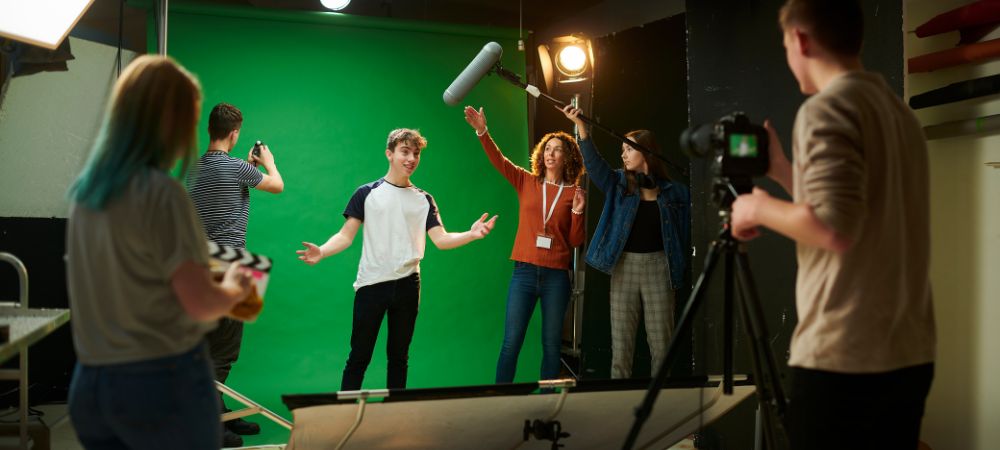
Posted by on 2024-06-28
Analyzing failed shots to improve skills is, believe it or not, one of the most crucial aspects for beginners in film photography.. It's kinda weird to think about it, but those mistakes you make are actually goldmines of learning opportunities!
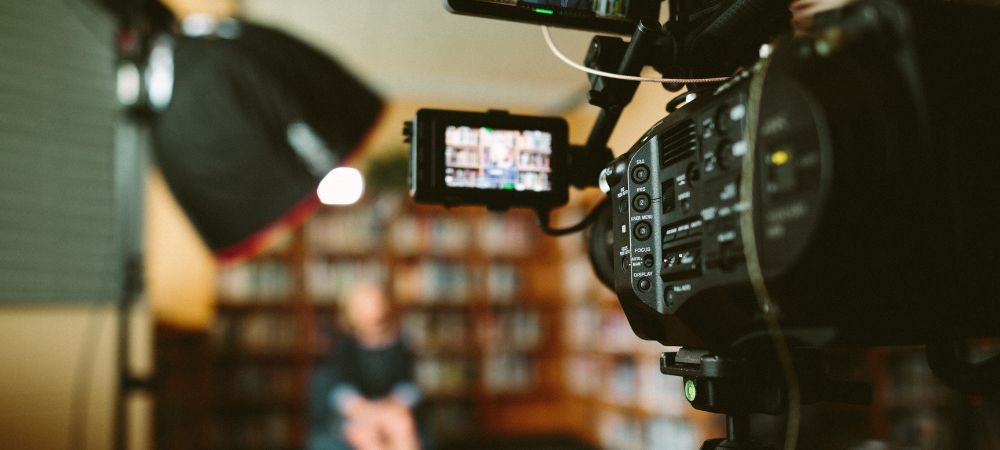
Posted by on 2024-06-28
When it comes to comparing different types of film—35mm, medium format, and large format—practicality and ease of use in different settings play a huge role for photographers.. It's not just about the quality of the image; it's also about how convenient or cumbersome each type can be.
First off, 35mm film is often praised for its practicality.
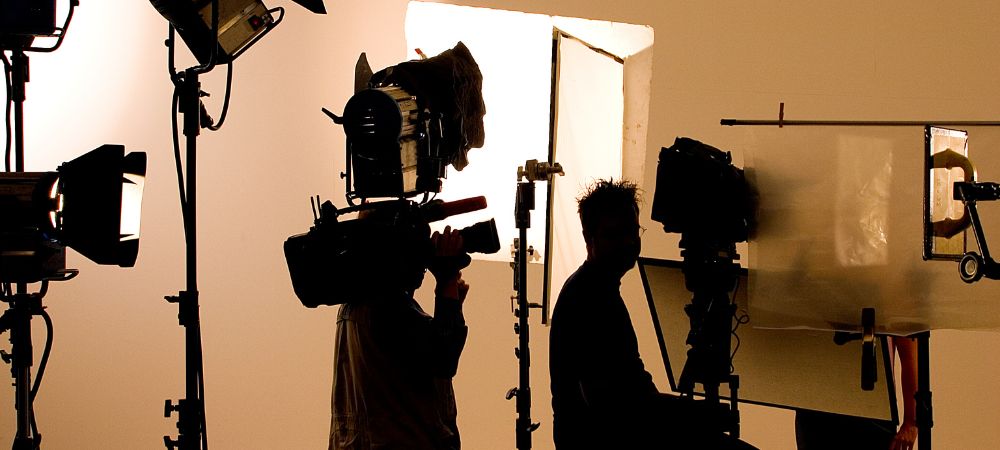
Posted by on 2024-06-28
Infrared film and conventional black-and-white or color films, oh boy, they're like apples and oranges! You might think all films are kinda the same since they capture images, but nope, there's quite a few differences that set 'em apart.
Firstly, infrared film is sensitive to light that's not visible to the human eye. Crazy, right? Unlike conventional black-and-white or color films which capture light in the visible spectrum (the stuff we can see), infrared film picks up wavelengths beyond that. This gives you some really unique effects - foliage turns white or bright because plants reflect a lot of infrared light. It's almost like seeing another world!
Now about exposure-infrared film usually needs longer exposure times compared to regular films. In other words, you'll need more patience when you're shooting with it. Conventional films? They don't have this issue as much; they're made for capturing everyday scenes in normal lighting conditions without all that fuss.
And don't get me started on filters! With infrared film, using an infrared filter is pretty much essential. Without it, you won't block out most of the visible light and your photos won't show those cool surreal contrasts. On the other hand, conventional black-and-white or color photography doesn't require such specific gear – standard filters work just fine if any at all.
Another point is developing these bad boys. Infrared film ain't developed like your typical color or B&W rolls. It requires special chemicals and processes due to its unique sensitivity range. If you tried processing it with regular chemicals? Well… let's just say you'd probably end up disappointed.
Then there's graininess and detail resolution too – infrared film tends to be grainier than standard options. Some folks love this vintage-y feel while others don't care for it at all; it's definitely more of an acquired taste.
Lastly - ah yes - availability! Finding infrared film isn't exactly easy-peasy these days; it's less common than your usual Kodak or Fuji stocks sitting on store shelves everywhere. So hobbyists often have ta order from specialty suppliers online.
Summing up: Sure thing-infrared offers strikingly different aesthetics with its ethereal glows n' dramatic contrasts but comes along with quirks like needing special treatment during shooting n' development stages plus harder-to-find supplies compared ta traditional counterparts which are simpler yet versatile enough fer everyday captures under various lighting scenarios without much hassle involved... Ain't that somethin'?
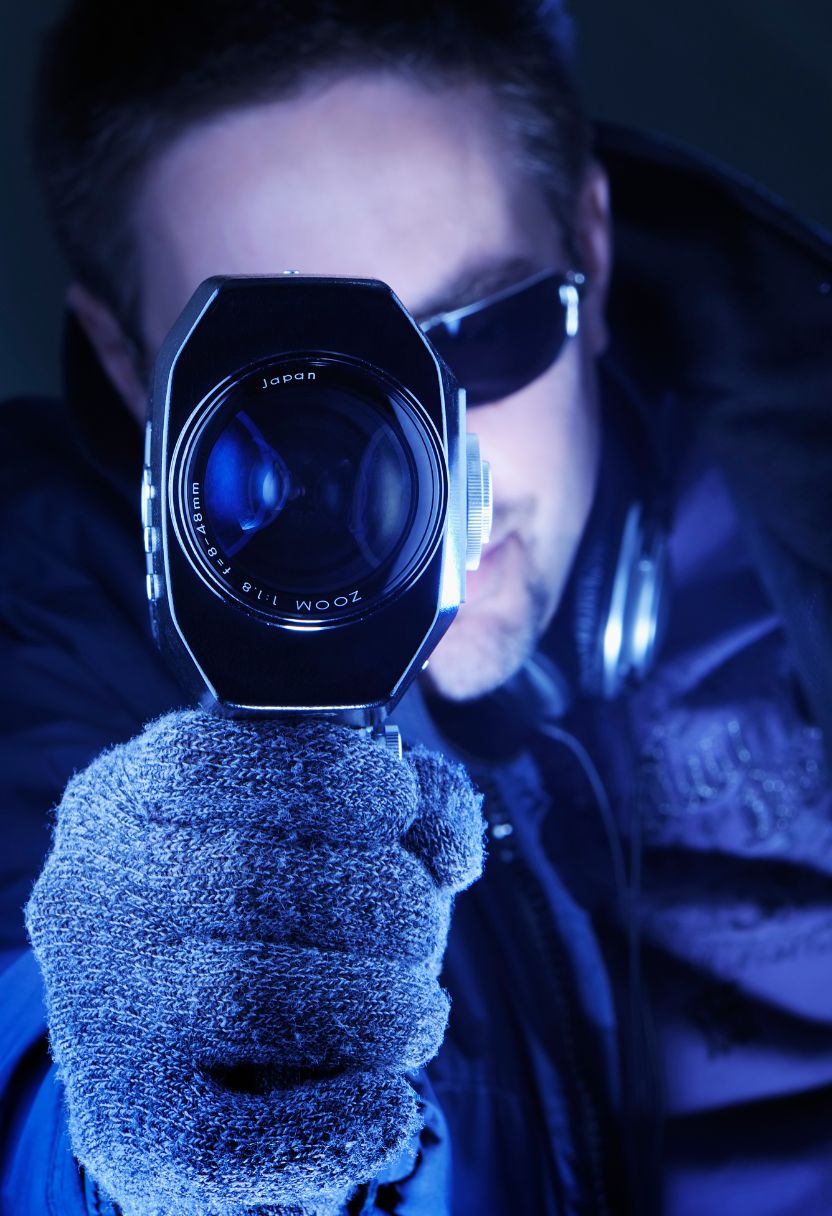
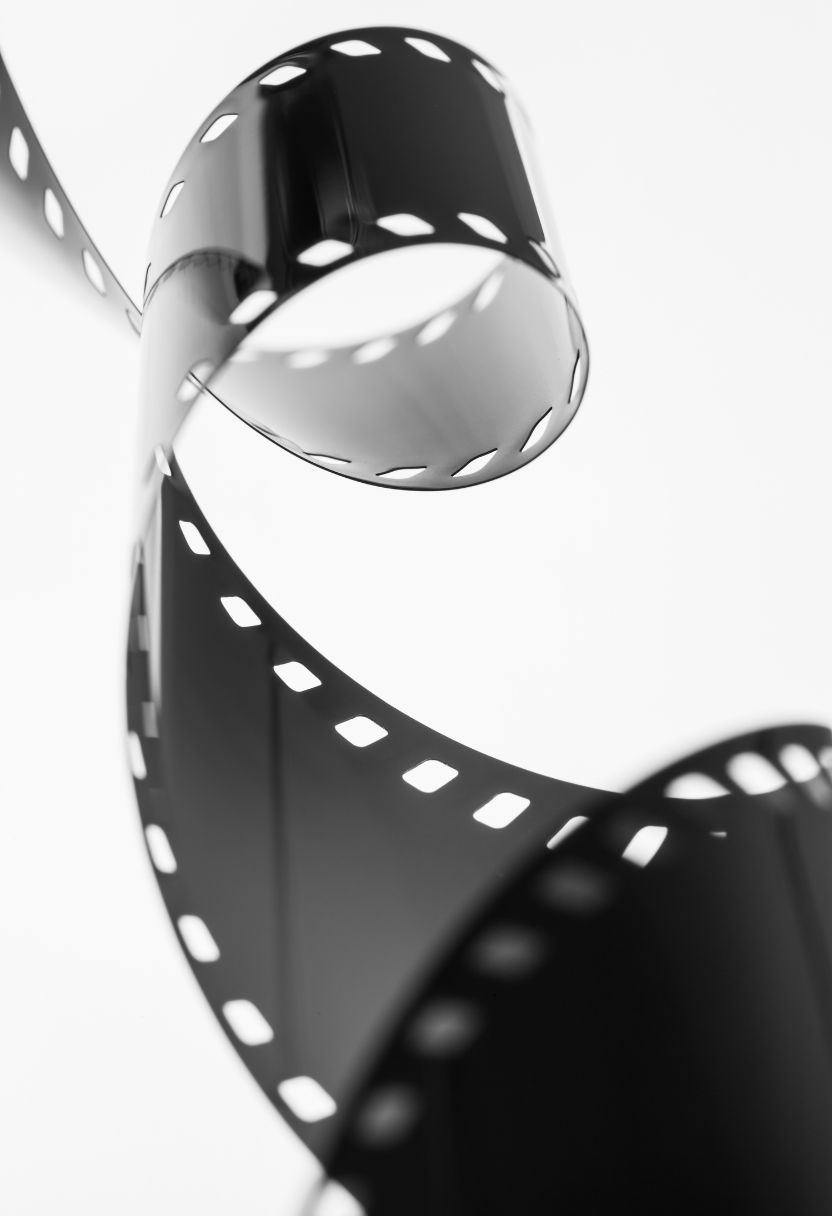
Shooting with infrared film is quite a unique experience. It ain't like using your regular old color or black-and-white film. There are some specific techniques you gotta know to make sure you get those surreal, dreamlike images that infrared photography is famous for.
First off, let's talk about gear. You don't need a ton of fancy equipment, but there are a few things that are pretty much essential. An infrared filter is a must-have. This little accessory blocks most visible light and only lets through the infrared spectrum, which is what gives your photos that otherworldly look. Some folks might think they can skip this step, but trust me, you can't capture true infrared without it.
Now, focusing can be kinda tricky when you're dealing with infrared film. The wavelength of infrared light is different from visible light, so your focus point will shift slightly. Most older lenses have an IR focus mark; it's usually a red dot or line on the lens barrel. You'll wanna adjust your focus to this mark after you've focused normally through the viewfinder.
Exposure times also work differently with infrared film compared to standard films. Infrared light behaves unpredictably depending on how much foliage or sky you got in your shot. A good rule of thumb? Bracket your exposures! Take multiple shots at different exposure settings 'cause it's better to have too many options than none at all.
Composition-wise, landscapes and scenes with lots of greenery work best since chlorophyll strongly reflects infrared light, making trees and grass appear almost white in the final image – quite striking! Skin tones also take on an unusual appearance in portraits; sometimes people look ghostly or ethereal because their skin absorbs less IR light than their surroundings do.
And hey, don't forget about development! Infrared film isn't developed same as regular film either; you'll need special chemicals and processes to bring out those hidden details properly.
In conclusion (phew!), shooting with infrared film isn't all easy-peasy lemon squeezy but it's totally worth it if you're looking for something extraordinary in your photographic repertoire. Just remember: use an IR filter, pay attention to focus adjustments, bracket those exposures and choose subjects wisely – oh and develop correctly! With these techniques under your belt, you're well on your way to creating some seriously stunning imagery!
Processing and Developing Infrared Film
You know, there's something pretty magical about working with infrared film. It's not like your usual photography experience. I mean, it ain't just about capturing what's visible to the human eye; it's about diving into a spectrum that we usually don't get to see. Processing and developing infrared film, though, can be quite a challenge if you're not prepared for its quirks.
First off, let's talk about handling the film itself. Unlike regular film, infrared is sensitive to light in ways you wouldn't expect. You can't just pop open the camera back willy-nilly! If any stray light hits that film before it's properly wound up in its little canister, well, kiss those shots goodbye. So you've got to be extra careful when loading and unloading it-preferably in complete darkness.
Now comes the actual development process. Oh boy! You'd think it'd be straightforward like normal black-and-white or color film but nope! For starters, you gotta take into account that infrared film can respond differently to various chemicals and temperatures. Developers that work great for standard films might mess up your beautiful infrared shots-it's frustrating! Not only do you need a specific developer sometimes, but also precise timing and temperature control are crucial.
And don't forget about the negatives themselves-they're fragile! When they come out of the developer solution, you better handle them with care because scratches show up more prominently on these than on other types of film. Plus, drying them? That's another nail-biting experience since dust particles can cling onto them like they're best friends forever.
But wait-it doesn't end there! Scanning or printing those negatives is yet another adventure (and not always a fun one). Standard photo labs often don't have the right equipment or settings for infrared images; they tend to look at you funny when you bring ‘em in. Hence why many photographers choose to scan their own negatives at home using specialized scanners made for this purpose.
One thing's clear: despite all these hurdles-or maybe because of 'em-the results are absolutely stunning if done right. The way foliage turns white while skies become dark almost black gives an ethereal quality that's hard to match with anything else out there!
So yeah-processing and developing infrared film isn't easy by any means but isn't that part of what makes it so rewarding? With each successful frame developed correctly under tricky conditions comes immense satisfaction knowing you've captured something truly unique from an invisible world most people never get see firsthand.
In conclusion? Don't let anyone tell ya otherwise-it's worth every bit effort put into mastering this captivating form photography… even if does drive us little crazy sometimes along way!
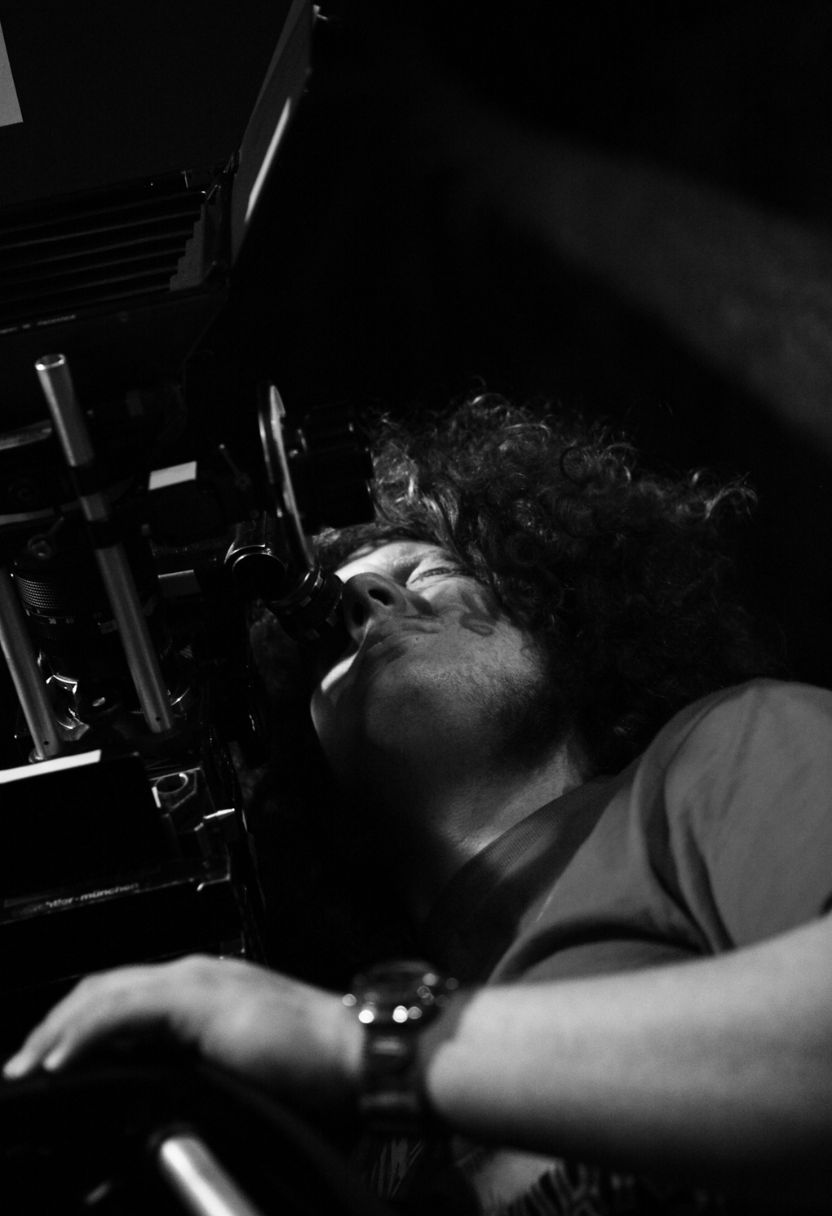
Infrared film in photography ain't just some scientific gimmick; it's a whole new way to see the world. When you think of infrared, you probably imagine night-vision goggles or something outta a spy movie, right? But oh man, it's so much more than that. For artists and photographers, infrared film opens up creative uses and artistic applications that are nothing short of magical.
First off, let's talk about how it transforms landscapes. Regular photos capture what our naked eyes can see-trees are green, skies are blue. But with infrared film, vegetation reflects light in a unique way that makes trees look almost white while the sky turns pitch black. It's like stepping into an alternate universe where everything is both familiar and utterly alien at the same time.
But wait! There's more! Portraits taken with infrared film have this ethereal quality that's downright otherworldly. Human skin appears smooth and blemish-free because the film captures veins under the skin but not surface imperfections like freckles or scars. It's as if you're seeing someone's soul rather than their exterior facade. How cool is that?
Now don't go thinking it's all sunshine and rainbows (or should I say moonlight and shadows?). Infrared photography has its quirks too-like focusing issues since IR light focuses differently than visible light. Photographers gotta adjust their techniques and sometimes experiment lots before getting it just right.
And then there's false-color imagery! Oh boy, this is where things get really wild. By using different filters or post-processing techniques, you can make an image taken on infrared film explode with surreal colors-reds become blues, greens transform into purples-it's like painting but with light!
One might argue that digital cameras now offer IR modes or filters making traditional infrared film obsolete. Well guess what? They're wrong! While digital methods are convenient, they can't replicate the charm and unpredictability of genuine IR film-the grainy texture, unexpected hues-it's an analog experience that's irreplaceable.
However-and here's a big however-not everyone gets it immediately. Some people find infrared images unsettling or confusing which kinda limits its mainstream appeal. But for those who do 'get' it? Man oh man-they're hooked for life!
In conclusion (if there even needs to be one), creative uses and artistic applications of infrared film in photography aren't just technicalities-they're portals to new dimensions of visual storytelling. Whether transforming mundane scenes into dreamscapes or revealing hidden layers beneath human skin, IR photography challenges our perceptions and invites us to see beyond the obvious.
So next time you pick up a camera or scroll through Instagram looking at stunning pics remember: somewhere out there someone's capturing magic through an invisible spectrum we often overlook-and isn't that just beautiful?
When it comes to using infrared film, there are certainly some challenges and considerations that one can't ignore. First off, let's not kid ourselves-infrared photography isn't a walk in the park. It requires a different mindset and approach compared to conventional photography.
One of the main issues is that infrared film is sensitive to light beyond what our eyes can see. This means you've gotta work with filters that block visible light while allowing infrared light to pass through. And guess what? These filters can be pretty pricey! Not everyone has the budget for such specialized equipment.
Another headache is focusing. Infrared light focuses differently than visible light, so you can't just rely on your camera's autofocus system or even manual focus settings designed for regular film. You have to compensate manually, which ain't always easy, especially if you're in a hurry or working under tricky conditions.
Oh, and let's not forget about exposure times. Infrared film usually requires longer exposures compared to standard film because it's less sensitive to available light levels we typically shoot in. Longer exposures mean you'll need a tripod unless you've got incredibly steady hands-which most of us don't.
Processing infrared film is another ballgame altogether. It's not something you can do at your local drugstore photo lab; you often need special chemicals and procedures to develop it properly. If you're lucky enough to live near a professional lab that handles infrared film, great! But many folks aren't so fortunate and end up having to send their rolls away and wait weeks for them to come back-not exactly convenient.
And then there's the issue of unpredictability. Unlike digital cameras where you can instantly review your shots, with infrared film you won't know how things turned out until after development. Sometimes you'll get stunningly surreal images; other times, well... not so much.
Last but definitely not least: availability! Infrared film isn't as widely produced as it once was, making it harder-and sometimes more expensive-to obtain. Many major manufacturers have discontinued their lines of infrared film over recent years due lack of demand from mainstream photographers who've shifted towards digital options instead.
So yes, while using infrared film offers unique artistic possibilities and an ethereal quality that's hard-or impossible-to replicate digitally without heavy post-processing work (which isn't everyone's cup o' tea), it's also fraught with practical challenges that make it less accessible for casual hobbyists or budget-conscious shooters.
In conclusion (if I must sum up), diving into the world of infrared photography involves navigating through various obstacles like specialized gear needs high costs unpredictable results limited processing options long exposure requirements difficulty finding supplies…well-you get my drift! It ain't easy but hey-for those willing tackle these hurdles-the magical outcome might just make all effort worthwhile!
